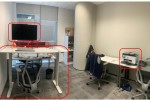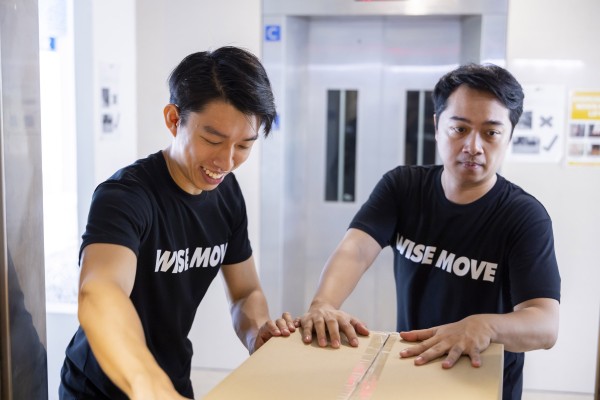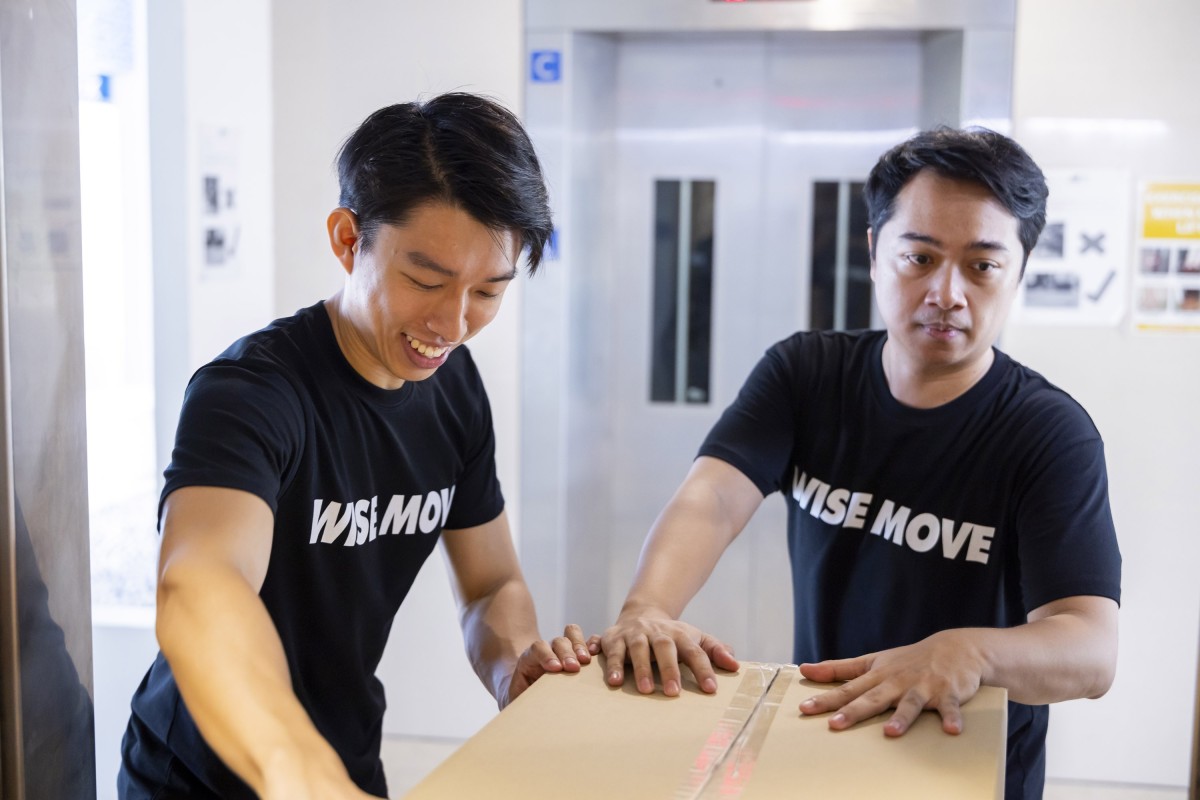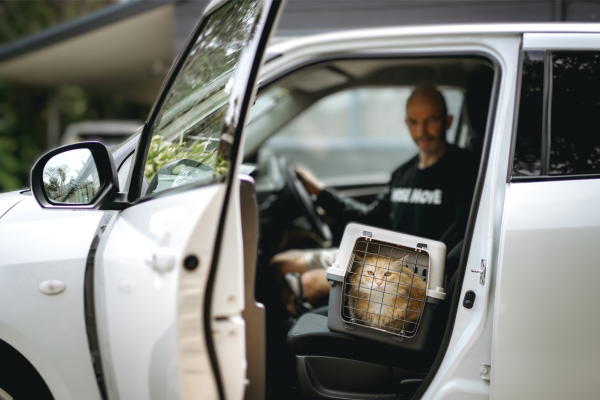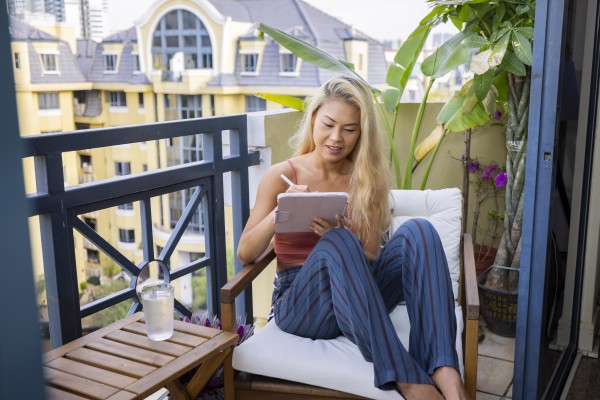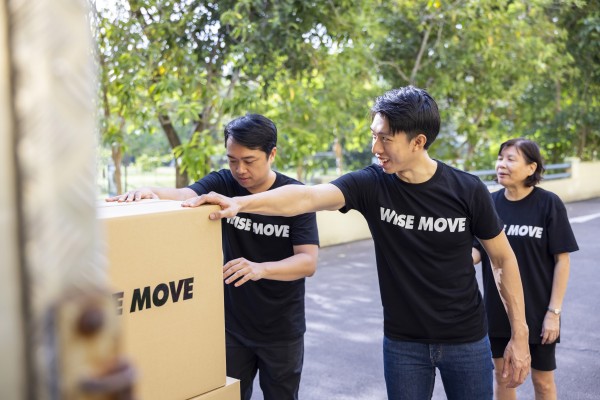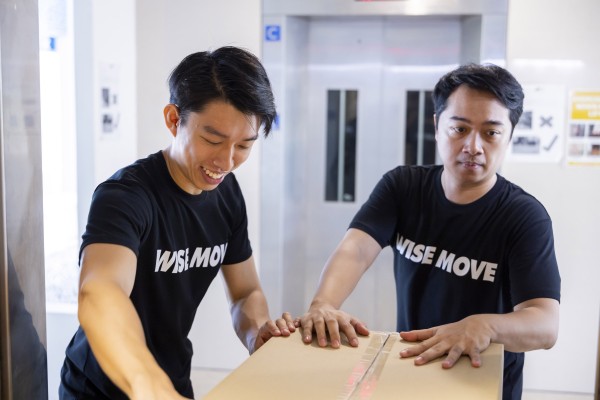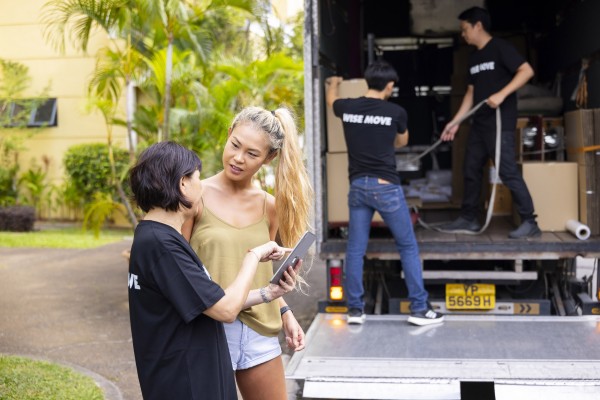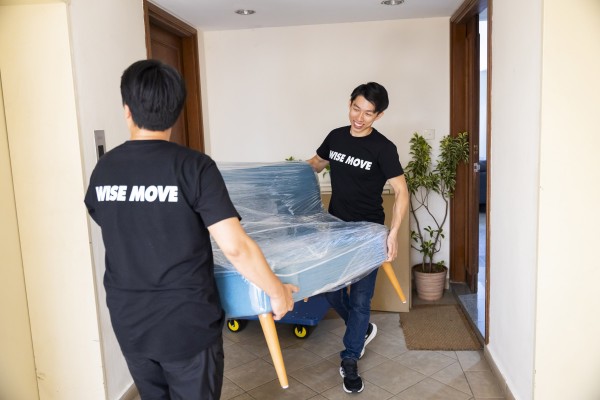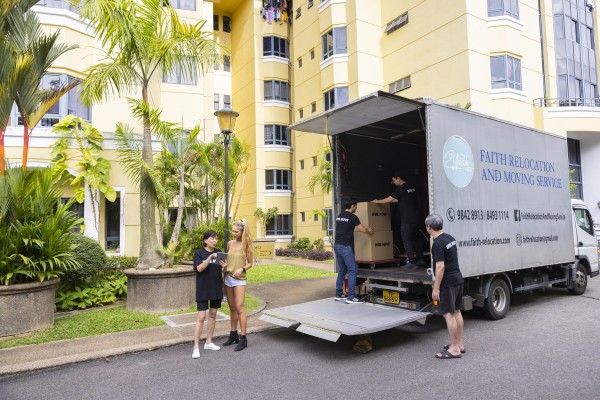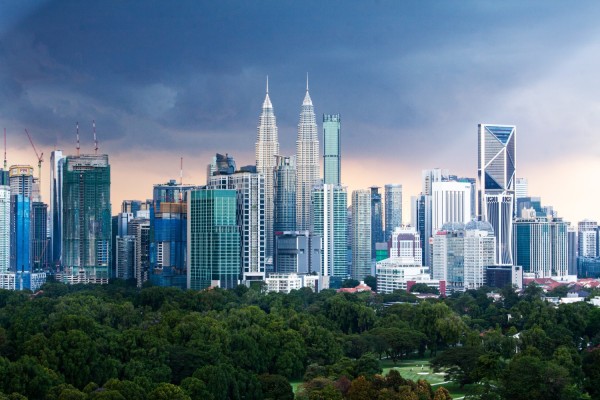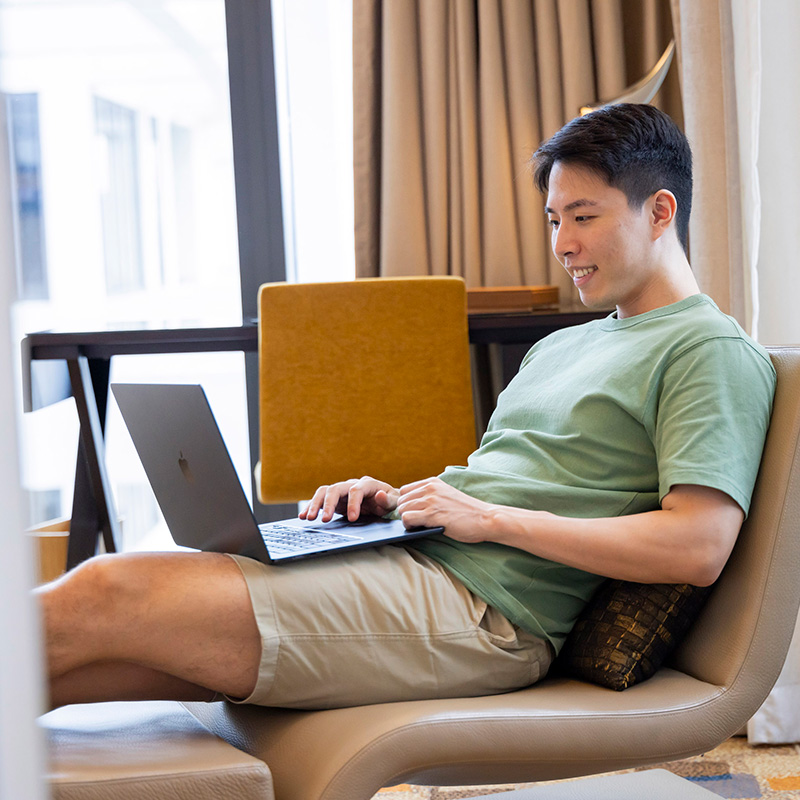Guide to Shipping Goods to Singapore: Taxes, Duties and Regulations

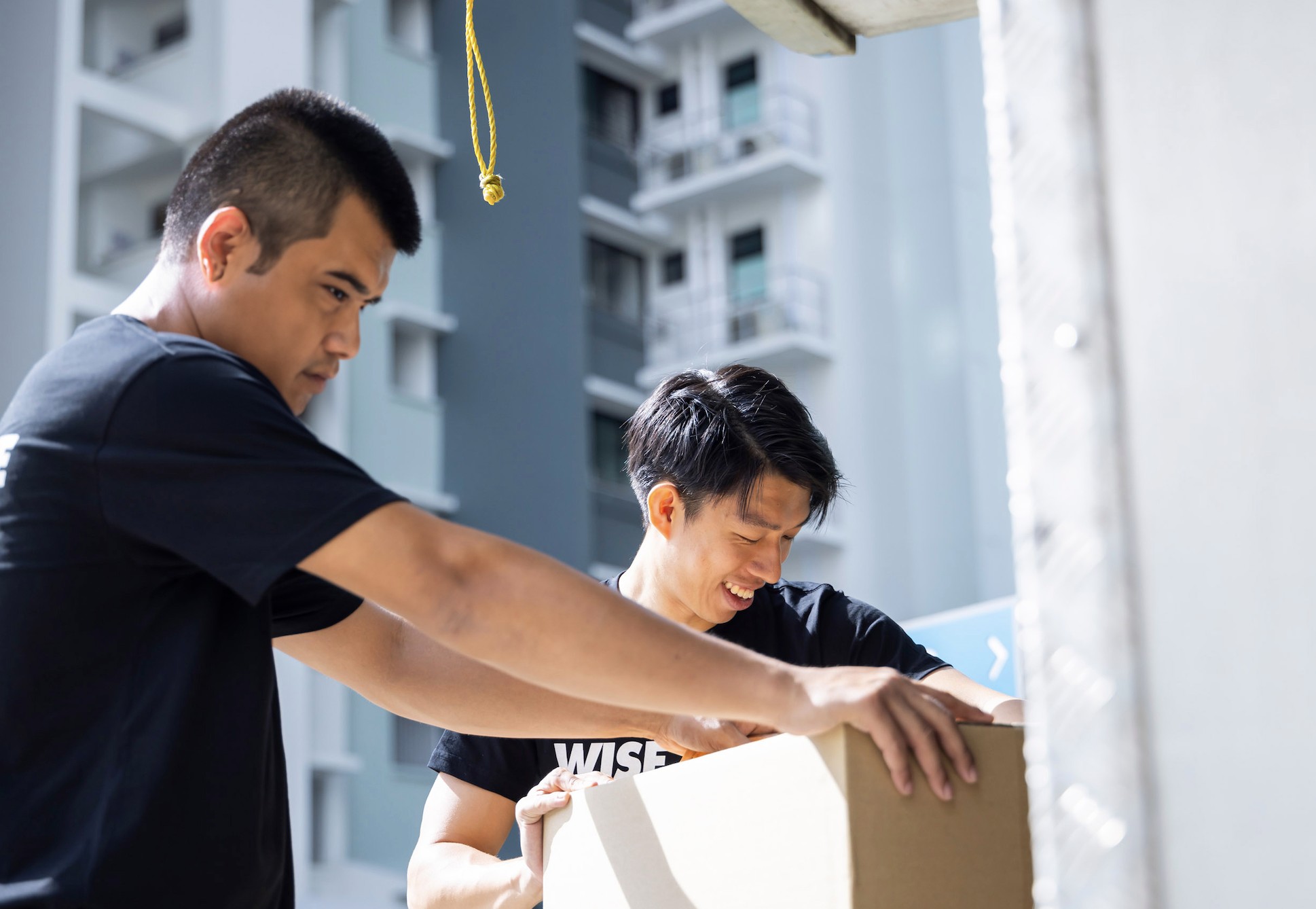
Planning a move to Singapore and envisioning your new life in sunny, tropical, and metropolitan Singapore–in a home filled with comforting furniture and household items from your previous home?
Already decided on what beautiful new things to add from your favourite furniture stores?
You’re almost there!
It’s time to learn about Singapore’s taxes, duties, regulations, and import processes, so that you can get well ahead of all the documents you’ll need to ensure a smooth move. There’s quite a bit to take in, but don’t worry–we’ve broken it all down into this simple-to-navigate guide, with explanations of taxes and duties, as well as a step-by-step guide to the importing process.
Read till the end for our bonus tips to ensure a smooth and fuss-free shipping experience!
Overview of Shipping Goods to Singapore
Singapore’s customs procedures are extremely efficient and streamlined, which makes it generally straightforward to ship goods over whether brand new or used.
Some items are duty-free, while others require you to pay a tax.
There are also some regulations and restrictions which you should take note of, to avoid unnecessary delays and penalties.
Thankfully, buying brand new items into Singapore from online sources is often a straightforward process, as the seller will always be responsible for shipping the items directly to your residence in Singapore, without you needing to submit any documentation. Taxes are also usually calculated by the forwarder and charged accordingly, so you don’t need to make any separate payments.
Shipping personal effects into Singapore can be a little more complicated, especially if there are restricted items or dutiable items that you are trying to bring in. Factor in tax calculations and tax exemptions and it gets complex, fast.
As always, we’re here to help with that. Scroll down to check out all the different things to consider when shipping things into Singapore.
-
Custom Taxes and Duties
-
Duty and Tax Free Items
-
Prohibited and Restricted Goods
-
Import Procedures
-
5 Simple Tips To Ensure That Your Shipping Process Goes Smoothly
Custom Taxes and Duties
Fact: ALL goods brought into Singapore are taxable, at the point of entry into the country.
Coming into Singapore, it is your responsibility to declare and pay the Goods and Services Tax (GST) as well as the duty and custom taxes on your goods.
-
GST: The tax on all goods and services in Singapore as well as those imported into Singapore. You are required to pay GST on all goods, even if you have paid foreign sales tax overseas. There are some exemptions, including bringing in goods for personal use under a certain cost. The current prevailing rate as of 2024 is 9%.
-
Customs Duty: The tax on all goods imported into Singapore, and are either a percentage of the goods’ custom value, or specific rates, depending on the specific dutiable goods.
-
Excise Duty: The tax on goods manufactured in Singapore to be sold here in Singapore.
These are the four categories of dutiable goods:
-
Intoxicating liquors
-
Tobacco products
-
Motor vehicles
-
Petroleum products and biodiesel blends
Click here to see the breakdown of duty payable for all dutiable goods.
Duty and Tax Free Items
GST Relief
While all goods brought into Singapore–even used and personal items–are subject to Singapore’s Goods and Services tax (GST), there are some exemptions to this where relief on the GST may be obtained.
If you’re moving to Singapore to stay, and have owned and used your items for at least three months prior, and pledge to continue using your items for at least three months after moving here, you can apply to get a GST exemption.
Do note that you will need to bring these personal items over within six months of arriving in Singapore.
These are the kinds of personal items which are eligible for GST relief:
-
Furniture
-
Household goods
-
Clothing and accessories
-
Electronic appliances
Prohibited and Restricted Goods
There are strict laws about bringing in certain items into Singapore. Some items may be brought in with authorisation sought, while others are strictly disallowed in all cases.
Prohibited goods: Goods that are not allowed to be brought into Singapore because they break laws and regulations in Singapore. Some examples of prohibited goods include:
-
Chewing gum
-
Chewing tobacco and imitation tobacco products (for example, electronic cigarettes)
-
Controlled drugs and psychotropic substances
-
Obscene articles, publications, videotapes, videodiscs and software
-
Reproductions of copyright publications, videotapes, videodiscs and laser discs, records and cassettes
-
Seditious and treasonable materials
-
Endangered wildlife and derivative products
Controlled goods: Goods that may be brought into Singapore with proper certification from the respective national authorities known as “Competant Authorities” or CAs. This table from the Immigrations and Checkpoint Authority of Singapore (ICA) shows some controlled goods and their respective CAs:
|
Item |
Competent Authority |
|
Animals, birds and their by-products Endangered species of wildlife Ornamental fish Plants |
|
|
Fish and seafood products Fruit and vegetables Meat and meat products |
|
|
Arms and explosives Bulletproof clothing Toy guns, pistols and revolvers Weapons, kris, spears and swords |
|
|
CD-ROMs and video games Films, videotapes, videodiscs and laser discs Newspapers, books and magazines Pre-recorded cartridges and cassettes Telecommunication and radio communication equipment Toy walkie-talkies |
|
|
Medicines Pharmaceuticals Poisons |
|
|
Dangerous Cargo |
|
|
Ionising Radiation (IR) irradiating apparatus & Radioactive material (e.g. x-ray equipment) Non-Ionising Radiation (IR) irradiating apparatus (e.g. ultraviolet sunlamps) |
Import Procedures
Now that we’re on the same page about what we can and cannot bring into Singapore, as well as the taxes that must be paid (or not), we can make the actual arrangements to move our stuff over.
Here’s our quick step-by-step guide.
Step 1: Select a shipping / airline / forwarding agent
Since Singapore is an island-city, you will more likely than not be moving your goods over via sea or air. Both modes of shipping are reliable, and both have their advantages.
-
Choose sea freight if you are transporting bulky or heavy items, have a large quantity of items you’re bringing over, want to keep shipping costs lower, and can afford to wait for your shipment.
-
Choose air freight if you are bringing in more fragile goods
Step 2: Apply for GST waiver
This can be done by yourself or your appointed agent. Here is a detailed step-by-step guide on how you may do so, with information obtained from Singapore Customs.
-
Submit an online Declaration of Facts (DOF) to Singapore Customs to assess whether you qualify for GST relief. You will need the following supporting documents:
-
Copy of passport or identity card
-
Proof of transfer of residence to Singapore. You may use your Work Pass, Dependant Pass, or In-Principle Approval from the Ministry of Manpower (MOM)
-
ICA Re-Entry permit (for Permanent Residents)
-
Bill of lading (for sea shipments) or air waybill (for air shipments)
-
Check the status of your DOF application via TradeNet
-
Obtain a Customs In-Non Payment (GST relief) permit via TradeNet within 10 working days of receiving Customs’ approval of GST relief
-
The following fields should be declared in the In-Non-Payment (GST Relief) permit application:
-
Claimant organisation name / name / Unique Entity Number (UEN)
-
Agent name
-
HS code (for personal effects)
-
Licence number (Approved PE reference number, for importation of manifested cargo where a DOF had been approved)
-
Place of Receipt code
-
Trader’s remarks (PE reference number)
-
Please note that some items require authorisation from the relevant Competent Authorities (CAs) before they can be brought into Singapore. To check if your item is controlled, please do a search at the HS/CA Product Code search engine by typing in a product description–and if the item is controlled, the name and contact person of the CA will be indicated next to the HS code description in the hyperlinks under the “import”, “export” and “transhipment" columns in the search results.
-
If there are dutiable items among your personal effects, please obtain an In-Payment (Duty and GST) permit.
-
If you are assessed to be not eligible for GST relief, your DOF application will be rejected. You must inform your appointed agent to obtain the In-Payment (GST) permit to import your personal effects.
Step 3: Ensure your shipment is covered by insurance
Your shipping agent or forwarder should offer the standard freight forwarders liability on your goods, for items that are lost or damaged due to their negligence. You don’t have to purchase this, as your shipping agent or forwarder will be covered by their standard liability terms.
If you want additional peace of mind, you may purchase additional shipping or cargo insurance, which will also cover your goods if they are lost or damaged due to external factors including theft, weather, and fire. Many shipping or forwarding agents offer additional shipping or cargo insurance, which may be conveniently purchased as an add-on to your shipment.
Step 4: Receive your goods
Your shipping or forwarding agent will usually be the point-of-contact for this, being at either the PSA port area (for sea) or Changi Airfreight Centre (for air) to receive the goods on your behalf.
They will need to produce the goods received, Customs In-Non Payment (GST Relief) permit and supporting documents to the checkpoint officers for clearance before your goods are sent to your doorstep or collection centre in Singapore.
5 Simple Tips To Ensure That Your Shipping Process Goes Smoothly
-
Pick a reliable shipping agent or forwarder familiar with Singapore’s customs laws and regulations.
-
Obtain all documentation early, including your Work Pass, Singapore identification, as well as invoices and Certificates of Origin.
-
Read up on Singapore’s customs and import regulations, especially GST relief, dutiable goods, and prohibited goods.
-
Classify your goods accurately using the Harmonised System (HS) code, to ensure you pay the correct duties and avoid customs delays.
-
Pack and label your goods well, to keep them safe while in transit.
What do our customers say?



